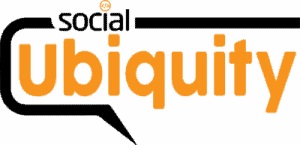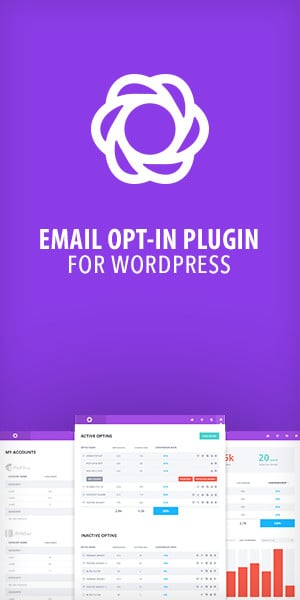In the ever-evolving world of digital marketing, search engine optimization (SEO) remains a cornerstone of online success. Among the various tools and techniques at the disposal of SEO professionals, metadata stands out as a critical element. It’s the unseen yet powerful force driving search engine rankings and user engagement.
This article aims to unravel the complexities of metadata, shedding light on its pivotal role in SEO. By delving into various types of metadata, from title tags to alt texts, we provide readers with actionable insights to enhance their website’s visibility in search engine results.

Understanding Metadata in SEO
Definition and Types: Metadata, in the context of SEO, refers to the data that provides information about other data on a website. It’s not immediately visible to site visitors but plays a crucial role in how search engines interpret and rank web pages. Common types of metadata include meta tags, title tags, meta descriptions, and alt text for images.
Role in SEO: Search engines like Google use metadata to understand the content and context of web pages. Well-optimized metadata can significantly impact a website’s search rankings by making the content more comprehensible and relevant to search engine algorithms. Additionally, certain types of metadata, like meta descriptions, directly influence user engagement by providing a snapshot of what the page is about.
Title Tags
Your First SEO Impression
Importance of Title Tags: Title tags are often the first point of interaction between your website and potential visitors. They appear in the browser’s title bar and as clickable headlines in search engine results. A well-crafted title tag can make the difference between a user clicking through to your website and passing it by.
Best Practices: Creating effective title tags involves a balance of brevity, relevance, and keyword incorporation. Ideally, a title tag should:
- Be concise, typically under 60 characters, to ensure it displays fully in search results.
- Include primary keywords near the beginning.
- Be unique for each page and accurately reflect the page’s content.
- Avoid keyword stuffing, which can lead to penalties from search engines.
Meta Descriptions
Crafting Compelling Summaries
Role of Meta Descriptions: While meta descriptions don’t directly influence search rankings, they are instrumental in driving click-through rates (CTR). These short paragraphs appear under the title in search results, offering a preview of the page’s content.
Writing Effective Descriptions: An effective meta description should:
- Be engaging and informative, encouraging users to click.
- Contains about 150-160 characters to prevent it from being cut off in search results.
- Include targeted keywords naturally.
- Be distinct for each page, providing a clear summary of the page’s content.
Keywords in Metadata
Balancing Relevance and Density
Keyword Research: The backbone of effective metadata lies in well-researched keywords. This involves identifying the terms and phrases your target audience uses when searching for products or services like yours. Tools like Google Keyword Planner and SEMrush can aid in uncovering relevant keywords with high search volumes and manageable competition.

Keyword Placement: Once identified, strategically placing these keywords in your metadata is crucial. Key areas include:
- Title tags and meta descriptions.
- Header tags (H1, H2, etc.).
- Alt text for images.
- URL structures. The key is to integrate keywords naturally, avoiding overuse, which can be perceived as ‘keyword stuffing’ and negatively impact search rankings.
Using Header Tags for Structure and Clarity
Understanding Header Tags: Header tags, from H1 to H6, are used to structure content on a webpage hierarchically. The H1 tag typically represents the page’s main title, with subsequent headers (H2, H3, etc.) denoting subheadings. This structure helps search engines understand the content’s organization and importance.
SEO Benefits: Proper use of header tags contributes to SEO in several ways:
- Enhances readability and user experience, which can increase time spent on the page.
- Provides keyword-rich context about your content.
- Helps search engines grasp the main topics and subtopics of your content, aiding in accurate indexing.
Alt Text for Images
Enhancing Visibility
Purpose of Alt Text: Alt text (alternative text) describes the appearance and function of an image on a webpage. It’s crucial for users who rely on screen readers, and also for situations where images cannot be displayed. In SEO terms, alt text helps search engines understand the image content, which can be vital for image search results.
Optimization Strategies: To write effective alt text:
- Be concise and descriptive, accurately reflecting the image’s content and context.
- Include relevant keywords where appropriate, but avoid stuffing.
- Remember the primary purpose is to describe the image, so prioritize clarity and accuracy.
Structured Data
Enhancing Rich Snippets
Introduction to Structured Data: Structured data is a standardized format for providing information about a page and classifying its content. By implementing structured data, you can help search engines better understand and represent your content in search results, often through rich snippets like star ratings, images, or additional text.
Implementation Tips:
- Use schema.org vocabulary to mark up your content.
- Test your structured data using tools like Google’s Structured Data Testing Tool.
- Implement structured data that aligns with your content type, such as recipes, product listings, or event details.
URL Optimization
Clean and Keyword-Rich
URL Structure Importance: URLs are not just addresses to your web pages; they also convey information about the content of the page to search engines. A well-structured URL is critical for SEO as it enhances user experience and helps search engines in indexing your pages.
Best Practices for URLs: Effective URL optimization involves:
- Keeping URLs short, readable, and descriptive.
- Including relevant keywords.
- Using hyphens to separate words.
- Avoiding excessive parameters or dynamic URLs when possible.
Social Media Metadata
Improving Shareability
Impact on SEO: While social media metadata does not directly influence traditional search engine rankings, it significantly affects content shareability and visibility on social platforms. This indirect impact can drive traffic and enhance online presence, contributing to overall SEO performance.
Optimization Techniques: Optimizing social media metadata involves using Open Graph tags for Facebook and Twitter Cards for Twitter. These tags control how URLs are presented when shared on social platforms. Key elements include:
- Specifying the title, description, and image for shares.
- Ensuring the image is visually appealing and relevant.
- Writing a catchy, concise description that encourages clicks and shares.

Mobile Metadata
Optimizing for Mobile Searches
Mobile SEO Trends: With the increasing prevalence of mobile searches, optimizing metadata for mobile users has become crucial. This involves understanding how mobile users interact with search results and what they expect in terms of content and presentation.
Mobile-Specific Metadata: Optimizing for mobile includes:
- Ensuring meta titles and descriptions are concise, as mobile screens have limited space.
- Using structured data to enhance visibility in mobile search results.
- Implementing mobile-friendly tags, like the “viewport” meta tag, to ensure proper scaling and rendering on mobile devices.
Analyzing and Monitoring Metadata Performance
Tools and Techniques
Various tools can help you analyze and monitor the effectiveness of your metadata. Google Analytics, Google Search Console, and SEO platforms like Ahrefs or Moz offer insights into how your metadata is performing in terms of search rankings, click-through rates, and user engagement.
Continuous Improvement
SEO is not a set-and-forget endeavor. Regularly reviewing and updating your metadata is essential to maintain and improve your search rankings. Keep track of changes in search algorithms, evolving keyword trends, and user behavior to refine your metadata strategy continuously.
Conclusion
Recap of Key Points: In this article, we’ve explored the multifaceted role of metadata in enhancing search rankings. From title tags and meta descriptions to structured data and mobile optimization, we’ve seen how various aspects of metadata work together to improve visibility and user engagement.
Final Thoughts: As search engines evolve and user behaviors change, so must our approach to SEO. Staying informed and adaptable is key. Remember, effective metadata is about balancing technical optimization with user-centric content. By focusing on both, you can build a strong foundation for your website’s long-term SEO success.
References and Further Reading
List of Resources: For those interested in deepening their understanding of SEO and metadata, here are some resources:
- Moz’s Beginner’s Guide to SEO
- Google’s Search Engine Optimization (SEO) Starter Guide
- SEMrush Blog
- Search Engine Journal
- SEO by Yoast Blog







